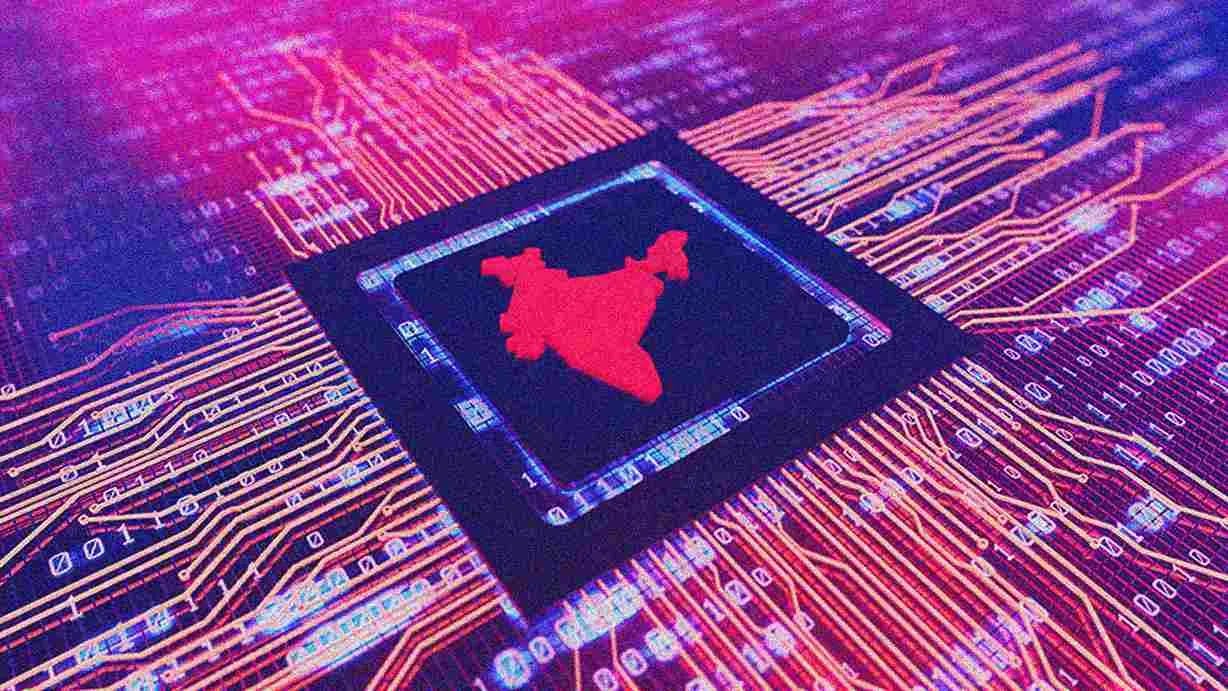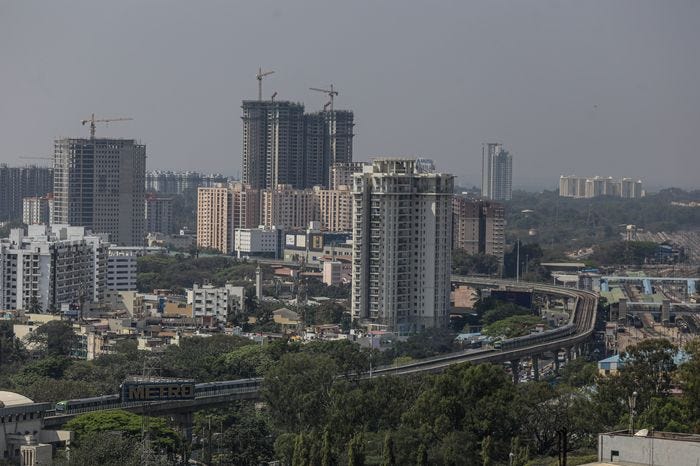AI: India's AI challenges & opportunities. RTZ #442
...dents in India's IT industry from early AI customer service/call center applications
Ask most US Enterprises large, medium and small, and the first applications for AI software and services they cite in their application experiments is ‘customer support’. A lot of that of course has been sourced in India. And so AI of course is impacting the tech businesses in India. Of course India is also seeing cutting edge AI experiments like this AI driven study on demographic representation in Indian TV. But the broader impact of AI in India is worth a look.
I’ve long discussed India’s prospects with AI products and services in this AI Tech Wave, from opportunities with LLM AI models, to AI chips and beyond. With a population and talent pool that rivals China, and a GDP race a few laps behind China ($3.5 trillion vs $18+ trillion), the country has AI opportunities ahead.
But it’s not all a run in a straight line. As the WSJ outlines in “AI is coming for India’s Famous Tech Hub” in Bangalore:
“Artificial intelligence is upending India’s technology outsourcing business. The industry is pivoting to adapt, but the changes could cost a large number of coveted jobs.”
“The country’s big outsourcing companies are already using AI and have plans to integrate it throughout their businesses. That might not save the low-end operations that run call centers or do other basic tasks within the so-called business process outsourcing sector.”
“If I am just doing a simple contact center service then generative AI is going to replace that person very quickly,” said Keshav Murugesh, chief executive of WNS, a U.S.-listed Indian tech-services company. “It’s as simple as that.”
“AI is threatening to disrupt most businesses around the world, not just India’s $250 billion outsourcing industry. The outsourcing boom in India over the past few decades created the “getting Bangalore-d” phenomenon in the U.S., often used for Americans who lost their jobs to more affordable Indian talent.”
“AI’s impact could have big repercussions as the industry employs 5.4 million people, according to tech-industry body Nasscom, and contributes about 8% of the country’s economy. More than 80% of companies in the S&P 500 outsource some operations to India, according to HSBC.”
“The most vulnerable operations employed more than 1.4 million people in 2021, according to the latest data from Nasscom. A third of these jobs are in call centers. “The prize is to move up the value chain and go after new processes,” said Murugesh.”
“AI might accelerate trends that have already made the industry less labor-intensive. About a decade ago, companies needed about 27 employees to earn $1 million in annual revenue. That number has now fallen to 21 employees, Nasscom data show.”
“Global demand for people is going to decrease. India’s share of this decline is less clear, but I am a little pessimistic,” said Danielle Li, a professor at the Massachusetts Institute of Technology’s Sloan School of Management who co-wrote a paper titled “Generative AI at Work.”
“The industry added 60,000 jobs in the year ended in March, the lowest annual increase in more than a decade, according to Nasscom. And at three of India’s largest tech companies—Tata Consultancy Services, Infosys, and Wipro—combined head count fell more than 60,000 for the same period.”
The Indian IT companies are of course focused on growth opportunities with AI technologies, including AI assist for coding:
“Balakrishna D. R., global head of AI at Infosys, said the projects it has piloted for clients include AI assistance for code generation and development support, and a customized GPT for a bank to address internal staff queries. “It is only a matter of time until more organizations go there,” he said.”
“Tech Mahindra, a smaller Indian tech company, has developed an AI chat tool that helps on-site engineers of a telecom client install fiber networks, replacing a 70-page manual. It has also created a large language model in Hindi that it wants to sell to its clients for customer support and content creation.”
“Generative AI gives an incredible boost to the programming workforce,” said Mohit Joshi, chief executive at Tech Mahindra. “You may have individual projects that may need fewer people but if companies are spending more on technology then it is a much bigger opportunity for us.”
India’s tech companies are also of course focused on indigenous AI innovation up and down the tech stack. Particularly after OpenAI Sam Altman’s comments on LLM AI competition from India.
India is in a different place with AI technologies than China. That country as I’ve noted in several pieces, is in a top down and bottom up AI ‘Space Race’ with the US on AI infrastructure, applications and services. And as the US and China ‘thread the needle’ on their geopolitical issues while maintaining their trade and tech ties, India is likely to be a collateral beneficiary as well.
But India has its work cut out for it to make their opportunities happen. Good news is that they have a substantial ‘demographic dividend’ in a young population that can help drive AI innovation.
With the right amount of top down and bottom up focus by Indian authorities and private companies, large and small. And of course investment by US and foreign companies & investors in India. This week’s news that Meta is in talks with India Tech/telecom giant Jio on a possible VR deal, a case in point. Stay tuned.
(NOTE: The discussions here are for information purposes only, and not meant as investment advice at any time. Thanks for joining us here)










